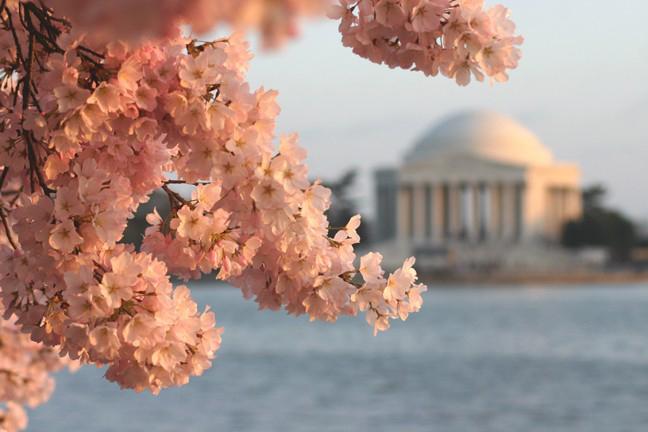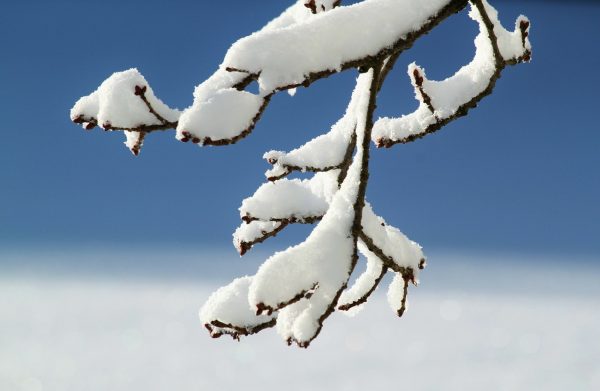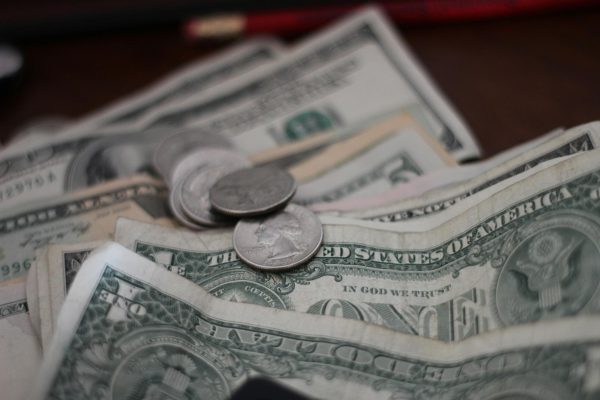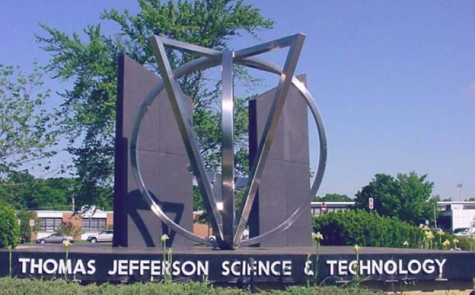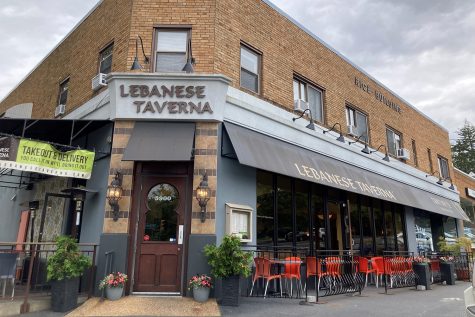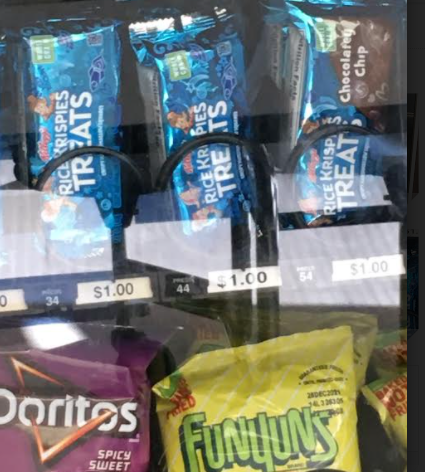Festival Celebrates Blossoms Virtually This Year To Reduce Crowds
National Cherry Blossom Festival
The cherry blossoms peaked on March 28 this year as the National Cherry Blossom festival worked to make the blooms safe to enjoy.
The National Cherry Blossom Festival is a wonderful place to see blooming trees, fly a kite, host a pink tie party, and much more. Despite social distancing measures, the National Cherry Blossom Festival organizers were committed to making sure people could enjoy the blossoms.
“I actually think that in some ways, this year allowed more people to attend these events,” said FCPS teacher Brain Seeman, who works for the National Cherry Blossom Festival each year.
In order to make sure everyone could enjoy the blossoms, The festival organizers collaborated with the National Park Service, the Trust for the National Mall, and EarthCam, to produce the Bloom Cam for a live 24/7 view of the cherry trees along the Tidal Basin, one of Washington DC’s most iconic places. Located on the roof of the luxury hotel, Mandarin Oriental, the BloomCam provides nationwide views of the cherry trees all year round and their annual variations.
Another way to enjoy the cherry blossom season in D.C., according to Seeman, was an art project designed to get people driving around the city.
“We teamed up with a bunch of local artists in D.C.,” Seeman explained. “There were a lot of cherry blossom statues that were painted by a bunch of different artists that were spread around the city.”
This event, called Art in Bloom, encouraged people to find all 25 cherry blossom sculptures and use the hashtag #ArtInBloom to share the pictures on social media. The project, which was on display from March 20 – April 11, was sponsored by Amazon and was designed to celebrate the “magical and whimsical mystique of the D.C. area while honoring its vibrant arts scene.” The Art in Bloom lasts from March 20 – April 11.
The festival opened with a virtual opening ceremony in collaboration with the Japan Foundation. It featured both D.C. and Japanese performers as wide-ranging as a modern Taiko drumming group, The Fukushima Youth Sinfonietta (FYS), and something called 2.5-Dimensional Musical, which is based on Japanese manga, animation, and video games.
The organization typically hosts a Pink Tie Party but moved the event online this year, encouraging people to party with their pod, i.e., their close group of covid companions. People dressed up at home as if they were going to the greatest ball of the year. Normally a black-tie fundraiser, this year’s version enabled remote partygoers to attend from all over the world.
Participants wanting to enjoy the great outdoors as spring bloomed around them were invited to fly kites in their own neighborhoods. Some even received a limited-edition National Cherry Blossom Festival kite and a t-shirt.
One of Seeman’s favorite options this year, in place of the traditional parade, was called the Petal Porch Parade. This event turned the usual idea of a parade upside down, as spectators needed to take to the streets and follow a map to find decorated homes.
“They also made a list of all of the cherry blossom trees around the city, so people aren’t crowded right down on the National Mall. That way, they could spread out and make sure to see the cherry blossoms in other parts of the city.” Seeman said.
One advantage of driving around to see the different trees is a chance to see some of the different kinds of cherry trees around the city. The park contains about 3,800 cherry trees. Tree crew workers keep track of the areas and circumstances of each tree. The original donation of 3,020 trees featured 12 distinct kinds. The Yoshino and Kwanzan forms are now the most popular in Washington, DC.
The Tidal Basin is surrounded by mostly Yoshino cherry trees, which go north into the bottom of the Washington Monument. Yoshino cherries bloom with a huge amount of single white blossoms, producing the appearance of white clouds across the Tidal Basin. Kwanzan Cherry trees are named after a mountain in Japan. Kwanzan cherry trees have upright branches that bloom two weeks later than Yoshino with a group of pink double blooms.
Another favorite is The Weeping Japanese cherry, also known as the Higan Cherry. Weeping cherry flowers come in single or double blooms on long flexible branches, like those of the weeping willow.
There were so many ways to safely enjoy the festival this year. Organizers went out of their way this year to bring the festival safely to the people and may even continue some of these traditions into future years.


